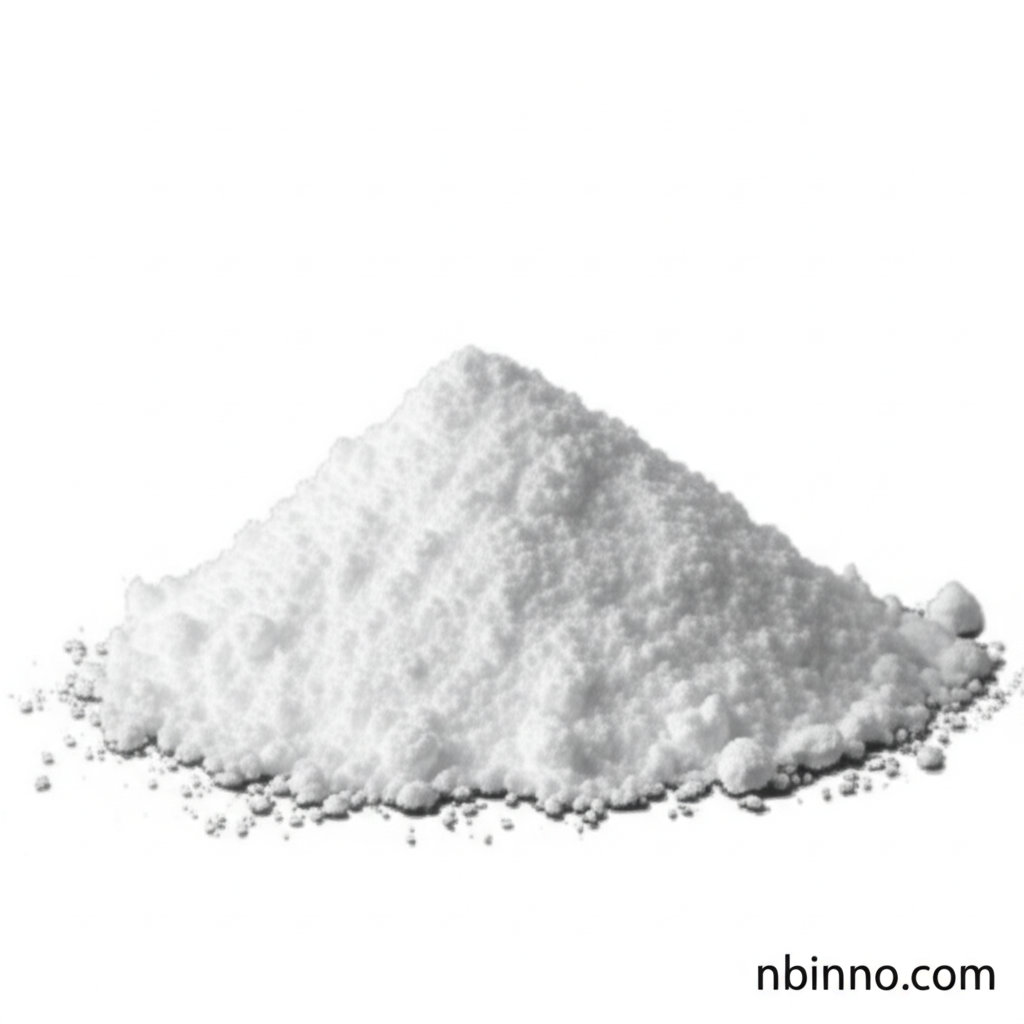Buspirone Hydrochloride: An In-depth Analysis of an Anxiolytic Agent
Exploring the pharmacological profile and therapeutic applications of a key pharmaceutical compound.
Contact Us for DetailsUnderstanding Buspirone Hydrochloride

Buspirone Hydrochloride
Buspirone Hydrochloride is a pharmaceutical compound that serves as a crucial agent in the treatment of anxiety disorders. Its unique mechanism of action, primarily as a partial agonist of the serotonin 5-HT1A receptor, differentiates it from other anxiolytics. This intricate interaction within the brain's serotonergic system contributes to its therapeutic effects, offering a valuable option for managing anxiety symptoms without the sedative or addictive properties often associated with benzodiazepines.
- Introduction to Serotonin 5-HT1A Receptor interactions: Delve into the specific binding and partial agonistic activity of buspirone on the 5-HT1A receptor, a key aspect of its serotonin receptor pharmacology.
- Detailed exploration of buspirone pharmacology: Understand the comprehensive profile of this anxiolytic, including its pharmacokinetics, drug interactions, and metabolic pathways.
- Overview of buspirone hydrochloride side effects: Gain insight into the reported side effects, differentiating between common and rare occurrences to inform safe usage.
- Analysis of buspirone hydrochloride chemical properties: Examine the structural and chemical characteristics that underpin its function as a pharmaceutical intermediate.
Key Advantages of Buspirone Hydrochloride
Non-Sedating Profile
Buspirone's action as a serotonin receptor pharmacology modulator generally leads to fewer sedative effects compared to traditional anxiolytics, allowing for better daily functioning.
Reduced Dependence Potential
Unlike benzodiazepines, buspirone is not known to cause physical dependence or withdrawal symptoms, making it a safer long-term treatment option.
Targeted Anxiety Relief
Its specific interaction with the 5-HT1A receptor makes it a targeted therapy for generalized anxiety disorder, providing relief for those suffering from chronic anxiety.
Key Applications
Anxiety Disorder Treatment
Primarily used for the treatment of generalized anxiety disorder (GAD), leveraging its unique serotonin receptor pharmacology.
Pharmaceutical Intermediate
Serves as a building block or intermediate in the synthesis of various pharmaceutical compounds, contributing to the development of new medications.
Research and Development
Essential for pharmacological research, particularly in understanding the role of 5-HT1A receptors in neurological and psychological conditions.
Drug Mechanism Studies
Its well-defined partial agonist pharmacology makes it a benchmark compound for studying receptor-ligand interactions and drug efficacy.
